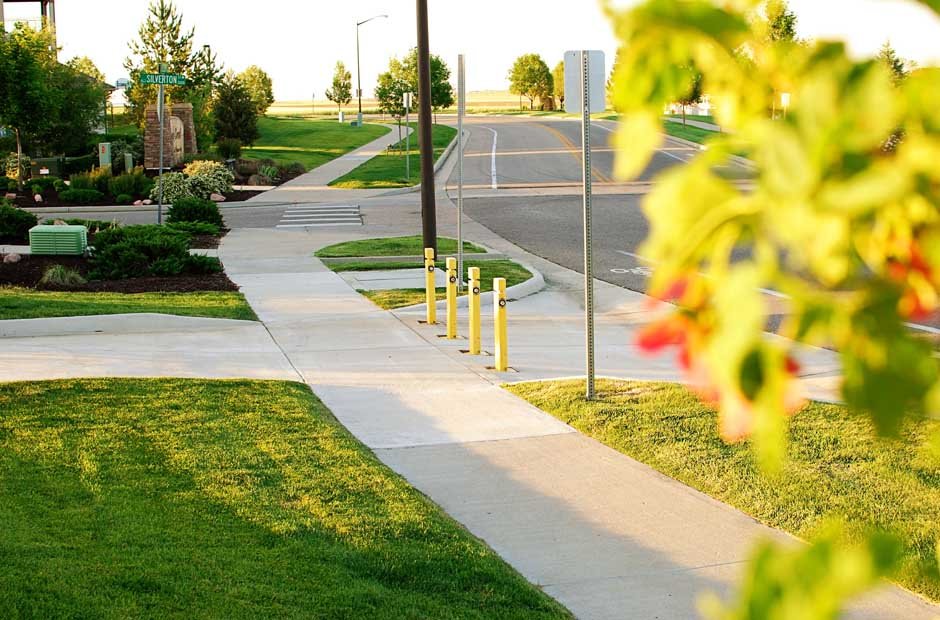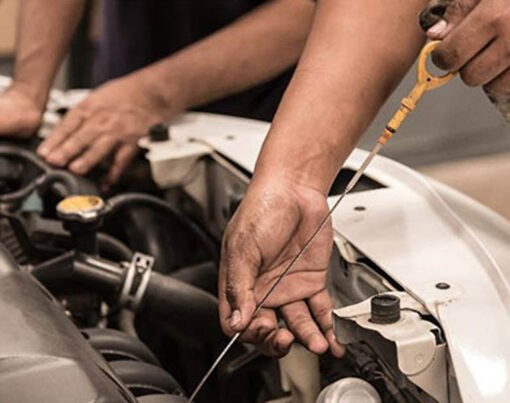Collapsible bollards are removable or retractable posts designed to create a flexible barrier to vehicle access, typically in shared spaces. Being adaptable in nature, these utilitarian objects are becoming increasingly prevalent in urban areas. They offer an effective solution to manage vehicle entry, define pedestrian zones while maintaining the aesthetics, and provide flexibility in the use of space. These bollards balance pedestrian safety and efficient vehicular traffic, rendering them a reliably valuable tool.
Shared spaces often face a predicament of balancing pedestrian and vehicle priorities. The conflict arises when the same area is used by pedestrians, cyclists, and vehicles. This convergence has the potential to lead to safety issues and traffic congestion. To enhance the functionality of shared spaces, traffic management tools like collapsible bollards need to be utilized. This article discusses the increasing demand for collapsible bollards in regards to the needs of pedestrian and vehicle traffic in shared spaces. This exploration is focused on how cities may enhance public safety and efficient vehicle use without compromising one or the other.
Table of Contents
Shared Spaces
Shared spaces are areas where pedestrians, cyclists, and motor vehicles share the same pathway. Examples of shared spaces could be parks, plazas, and certain streets in urban areas. These spaces are typically characterized by the removal of traditional traffic signals and signs. Instead, users are expected to negotiate their way based on social cues and interaction. In short, it’s a concept that integrates rather than segregates different modes of transport.
The design of these shared spaces aims to improve the aesthetic quality of the surroundings, encourage positive interactions, and slow down traffic. Using collapsible bollards to designate these areas can provide numerous benefits, such as improved safety for pedestrians, better mobility for vehicles, and a more pedestrian-friendly environment. Despite these advantages, shared spaces can present specific challenges that arise from the very philosophy that drives them – shared responsibility. Balancing the needs of all users, particularly pedestrians and cyclists with those of vehicles, can prove difficult and calls for effective traffic control solutions, such as collapsible bollards.
Pedestrian vs Vehicle Priorities
The Needs and Priorities of Pedestrians
Pedestrians, when in shared spaces, primarily prioritize safety and accessibility. Continuous and barrier-free paths are integral for pedestrian movement, including those requiring mobility aids. Extra attention is needed at crossings, and implicit guidelines on pedestrian right-of-way often influence the usage and success of these shared spaces. Fostering a relaxing and engaging environment that promotes foot traffic also remains a significant requirement.
The Needs and Priorities of Vehicles
Vehicular traffic in shared spaces places value on smooth flow and clarity of appropriately designated paths. Drivers require clear signals and design cues to understand where and how to drive, especially in areas where pedestrians might appear unexpectedly. Adjusting driving speeds to allow for safe interaction with pedestrians and ensuring ready access for emergency vehicles spells out the priorities for vehicles in such spaces.
Conflicts Arising from Shared Use
The simultaneous catering to both pedestrians and vehicles often sparks unique issues. Safety emerges as a primary concern, as the mingling of vehicles and pedestrians, especially vulnerable users like children and the elderly, can increase the risk of traffic accidents. With the absence of clear divisions or directions, traffic flow can become chaotic, leading to congestion. Both these issues stress the need for effective measures to minimize conflict and enhance the utility of shared spaces for all users.
Collapsible Bollards in Shared Spaces
Collapsible bollards represent a breakthrough design solution to address shared space conflicts between pedestrians and vehicles. They are crafted to offer the versatility needed for shared spaces, allowing for the restriction or redistribution of vehicle access while guaranteeing the safety and unimpeded movement of pedestrians. These bollards can be raised or lowered to the varied needs of the space, forming a resilient barricade against vehicles when necessary, and receding into the background when pedestrian movement is the priority. With the option to be manually controlled or automated, their operation can be adjusted to local traffic patterns and particular situations. Engineered with cutting-edge technology and durable materials, collapsible bollards are resilient enough to resist substantial force, making them successful deterrents to unauthorized vehicle entry and effective at maintaining smooth traffic flow.
Providing a Societal Equilibrium
Collapsible bollards direct efficient vehicle access and improved traffic flow with the assurance of safety in shared spaces. For pedestrian safety, they can create temporary pedestrian zones during peak hours by limiting vehicle access, thereby prioritizing the safety of individuals. During periods of lesser pedestrian movement, they can be seamlessly retracted to permit smooth vehicular access and movement, responding dynamically to the shifting needs of shared spaces. By dictating when and where vehicles have entry privileges, collapsible bollards serve as highly efficient traffic managers, enhancing the overall shared spaces’ operation.
Aesthetic Enhancement
Alongside functionality, collapsible bollards also hold aesthetic value in urban environments. With their sleek designs and neat order, they enhance the overall visual appeal of an urban setting. When not in use, they retract fully, ensuring a clutter-free environment and a seamless visual experience. They can be customized to blend with the surrounding architectural style or intentionally contrasted for visual effect. Some city councils commission artists to design these bollards, turning them into pieces of public art which helps build a sense of community. By integrating the utility of traffic management with art and design, collapsible bollards cater to both practicality and aesthetics in an urban setting.
The implementation of collapsible bollards provides a solution to balance pedestrian safety with efficient vehicular access in shared spaces. Their flexibility and adaptability make them a valuable tool for urban design, promoting balance and security among countless demographics in shared spaces. Overall, increased use of collapsible bollards in appropriate urban settings can greatly contribute to more safe and efficient shared space environments.










